National Park | Wild Elves in Northeast Tiger and Leopard Paradise

A complete food chain consisting of large to medium-sized mammals, which is extremely rare in China, is born in the experimental area of Northeast Tiger and Leopard National Park. The flagship species, Northeast Tiger and Leopard, is undoubtedly the king who occupies the top of the ecosystem food chain.
At present, the primitive natural forests in the temperate zone of the northern hemisphere are very limited, only distributed in three areas: northeast North America, eastern Europe and northeast Asia. Among them, the temperate coniferous and broad-leaved mixed forest in northeast Asia has the highest biodiversity, which has become a refuge for a large number of species and is a rare "species gene bank" and "natural museum" in the world.
The experimental area of Northeast Tiger and Leopard National Park system is located in the center of Asian temperate coniferous and broad-leaved mixed forest ecosystem, and the most complete and typical wildlife population in Northeast temperate forest is preserved in this area. At present, a complete food chain consisting of large to small mammals, which is extremely rare in China, is born in the pilot area. Carnivorous fauna includes large Siberian tigers, leopard, brown bears and black bears, medium-sized lynx, green ferret and Eurasian otter, and small leopard cats, sable, Yellow weasel and mink. Herbivorous fauna includes large red deer, sika deer, medium-sized wild boar, Siberian roe deer, musk deer, impala and so on.

sable
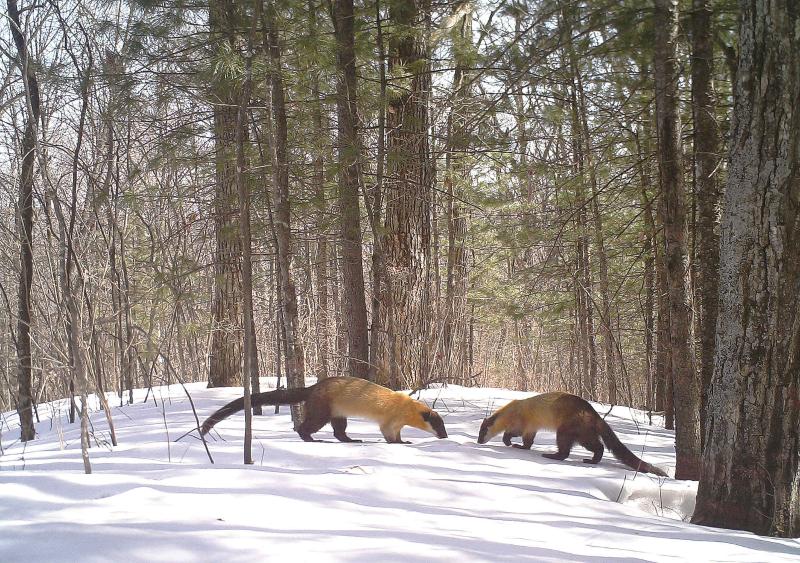
yellow-throated marten
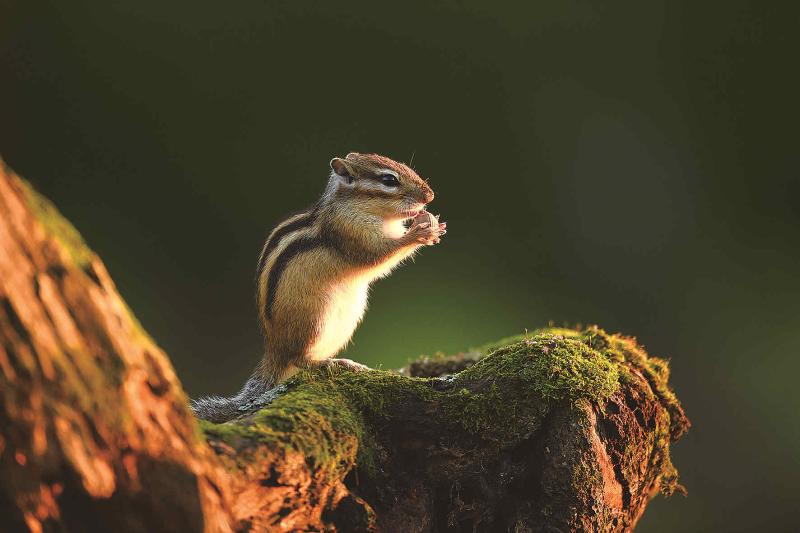
Photo by Chipmunk Valley Baochen
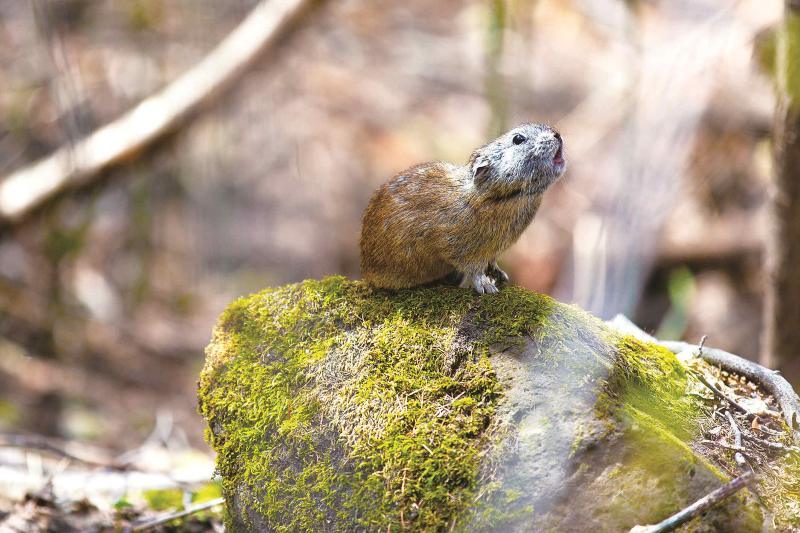
Photo by pika Chen Huaxin

boar

The brown bears lined up.
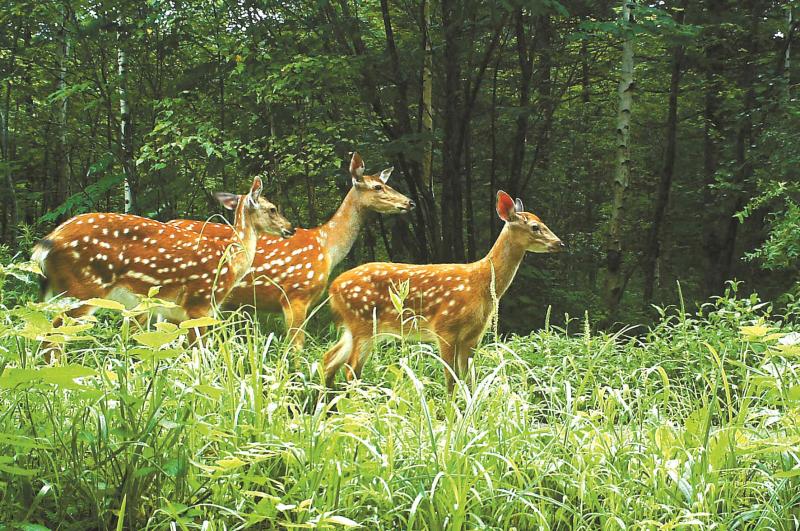
sika deer
The vast forest sea in the pilot area has also become a paradise for birds to survive and reproduce. Every spring, all kinds of forest-dwelling birds such as flounder, thrush and stork begin to return from the south to prepare for the breeding that year. The Tumen River Estuary Wetland, which is located next to the pilot area, is listed as a key bird area in Asia, and the spectacular migration army of geese and ducks stops here every year to replenish energy.

White-tailed sea eagle Gu Baochen photo
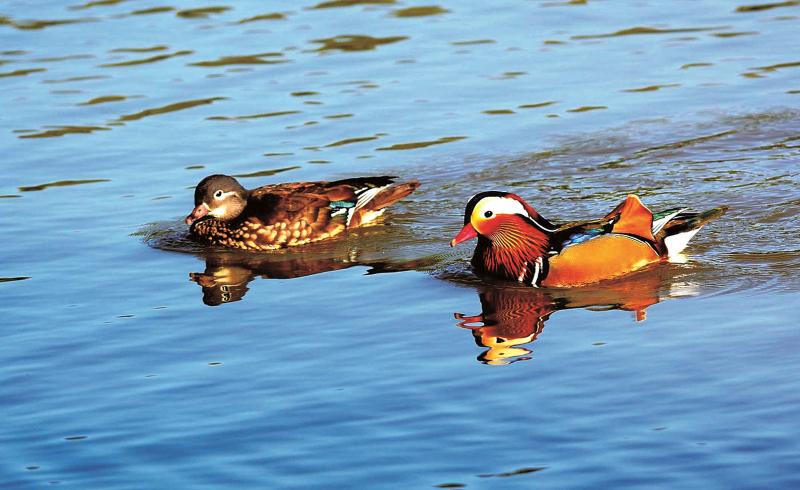
lovebirds
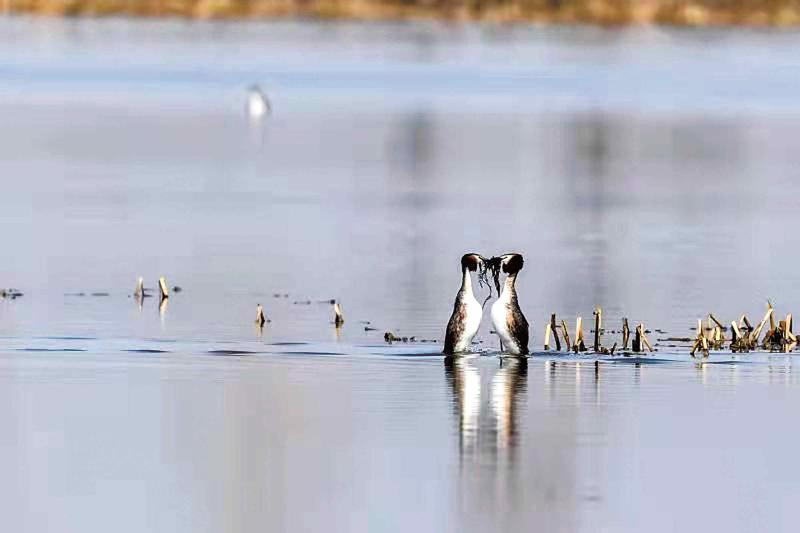
Fengtougu Baochen photo
The fertile forest environment in the experimental area of Northeast Tiger and Leopard National Park also provides a good living environment for reptiles such as brown-black snake, red-spotted snake, white-striped snake, tiger-spotted snake, East Asian abdominal chain snake, Ussuri Agkistrodon, and black-browed snake.
The pilot area is close to the Sea of Japan. Under the influence of marine climate, the environment here is humid and the water system is developed. Suifenhe, a famous transnational river, originated in the experimental area of Tiger and Leopard National Park in Northeast China, and important tributaries of Tumen River, such as Hunchun River, cross the experimental area. Abundant water sources provide a good survival foundation for amphibians such as China Rana chensinensis, Oriental bell toad, rough-skinned frog, flower-backed toad and giant salamander in the extreme north, and at the same time, it also nurtures rich fish resources, such as salmon, Yarrow fish and Ochoa fish. It is worth mentioning that a small and medium-sized cold-water rare fish-spotted salmon, which grows here, is one of the five most famous salmon species in the world, and only lives in areas with dense forests and fast and clear water flow on the upper reaches of Tumen River, Suifenhe River and Yalu River.
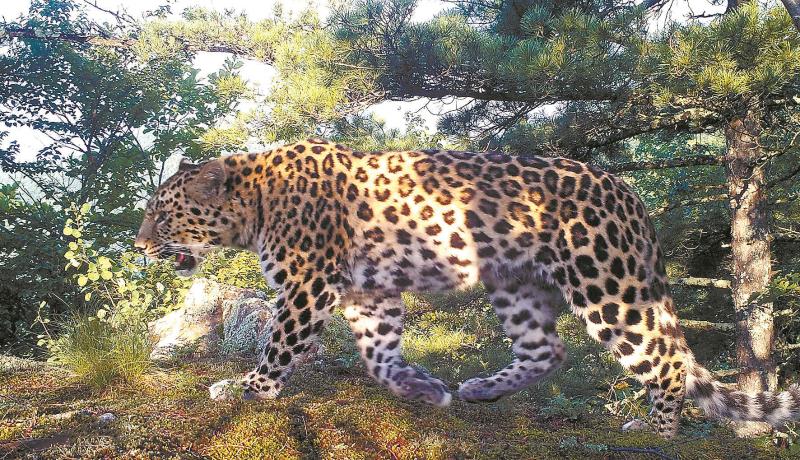
Northeast leopard photographed by far-infrared monitoring camera
In recent years, the better ecological environment and the more effective protection measures in the experimental area of the Northeast Tiger and Leopard National Park have made wild Siberian tigers and leopards appear frequently, and the "news" that they appeared sporadically in the past is slowly changing into "daily". According to the latest data, the number of wild Siberian tigers and leopards has increased from 27 and 42 at the beginning of the pilot project to about 40 and 50 respectively, and more than 12 cubs and 11 leopards have been newly discovered. There are about 27 orders, 78 families and 355 species of terrestrial wild vertebrates in the region, including 10 species of national first-class protected wild animals. Chinese merganser, sable, musk deer, roe deer, impala … these animals, which were once rare or even extinct for many years, frequently appeared in groups, and from crossing the road to settling down, they used their footprints, whistling and beautiful photos to "like" the ecological construction of the Northeast Tiger and Leopard National Park system pilot. (Liu Siwen)